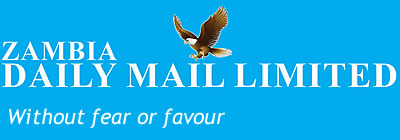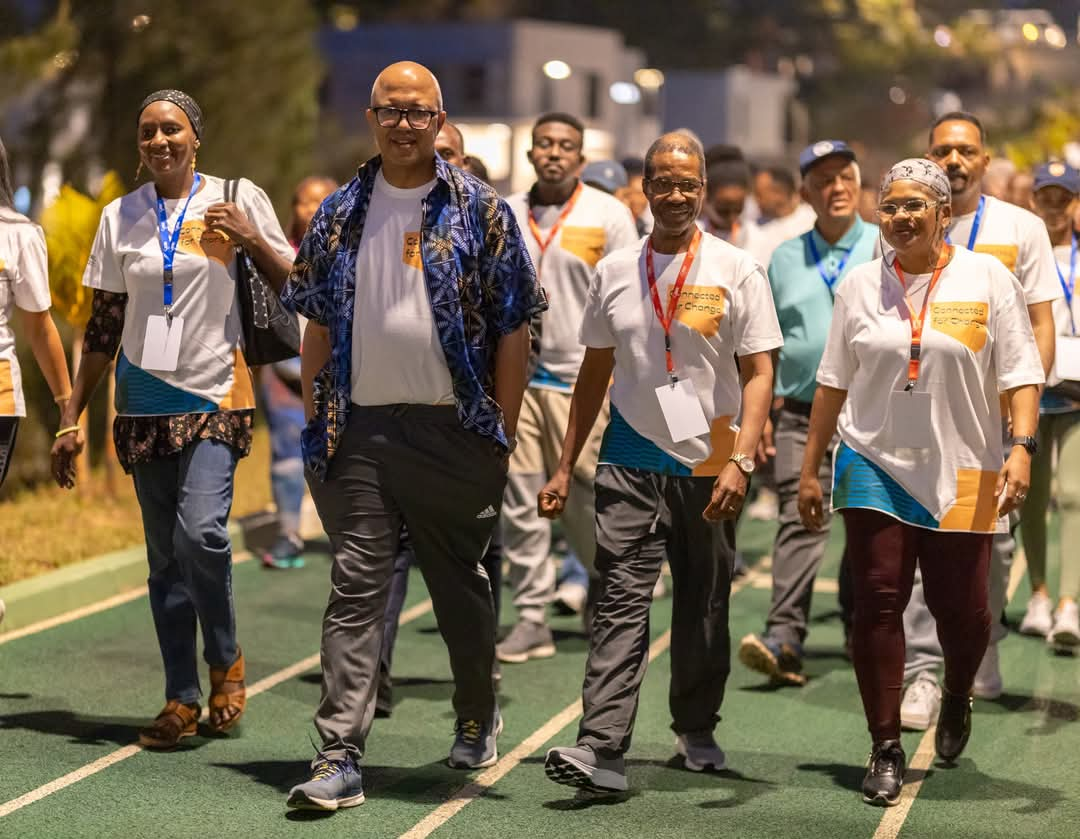MAYENGO NYIRENDA
Chipata
THE World Health Organisation (WHO) is working with African governments to address the funding gaps in areas previously supported by USAID and other donors.
On January 20, 2025, President Donald Trump signed an executive order initiating the United States’ (US) withdrawal from WHO and imposing a 90-day freeze on foreign aid.
This abrupt move led to immediate disruptions in US-funded programmes worldwide, with many organisations halting operations and laying off workers due to the sudden funding freeze.
WHO Africa acting regional director Chikwe Ihekweazu says with strategic investment and governance, African nations can fund their health priorities effectively.
Dr Ihekweazu was speaking during a press briefing in Kigali, Rwanda, yesterday ahead of the 2025 African Health International Agenda Conference (AHAIC 2025).
He said there is need to map funding gaps and work closely with African governments to find sustainable solutions for areas that were being sponsored by USAID.
“The focus must shift towards internally driven strategies while remaining open to strategic collaborations,” Dr Ihekweazu said.
He said this entails African governments prioritising internal revenue generation for healthcare, reducing out-of-pocket costs, and expanding universal healthcare coverage.
And Amref Health Africa Group chief executive officer Githinji Gitahi urged African leaders and global stakeholders to rethink health investments to build resilient and sustainable health systems.
Dr Gitahi said Africa’s economic and population growth challenges are deeply linked to healthcare financing.
“Sub-Saharan Africa is facing an economic crisis, and the lack of fiscal space is a major issue,” he said.
“Investing in health must be tied to population development, ensuring that every girl and woman have the right to make informed reproductive health choices.”
Dr Gitahi called for investments shifts towards primary healthcare, warning that disproportionate funding for tertiary care leaves millions without access to essential services.
He said Amref had significant programmes worth about US$28 million in Kenya, Malawi, Zambia and Ethiopia that were being sponsored by USAID.
Dr Gitahi said the core of these programmes was around maternal and child health, and prevention of mother-to-child HIV transmission.
“So, as we speak, we are working with the governments to ensure that no child is going to be exposed to HIV because we are not protected during the mother’s pregnancy. That’s a risk.
“We had programmes on HIV prevention testing. For example, we had programmes on what you may call running care treatment centres for HIV, what we call the comprehensive care clinics that have stopped,” he said.
Dr Gitahi said Amref had health workers across Zambia, Malawi, Ethiopia and Kenya, among other countries that were actually actively involved in care and treatment for prevention of mother-to-child HIV and tuberculosis, care and prevention that are out of the health system though they are still trained.
Meanwhile, Africa Centres for Disease Control and Prevention director of external relations and strategic management Claudia
Shilumani called for sustainable financing for African healthcare.
Dr Shilumani said leaders across the continent should look at the need to explore alternative funding models, including public-private partnerships, to ensure long-term sustainability of health programmes and the continued progress made in improving public health.
AHAIC 2025 has brought together African leaders, global policy-makers, financiers, innovators, technologists, scientists and experts across sectors to drive solutions for Africa’s most pressing health challenges.


